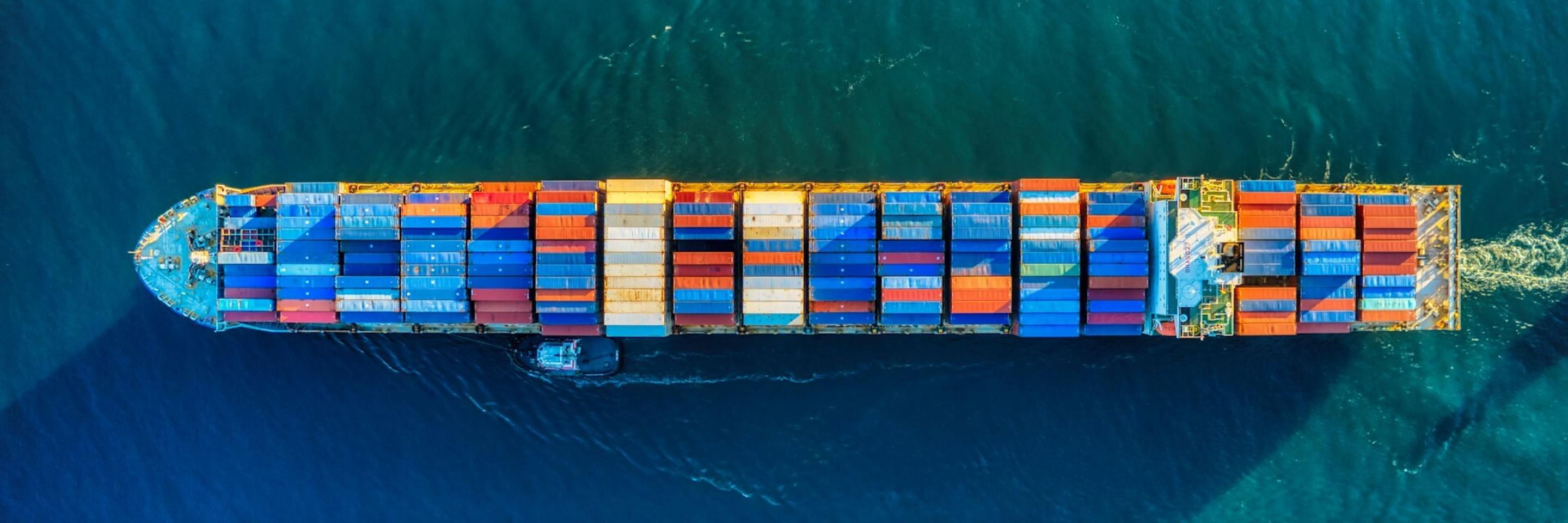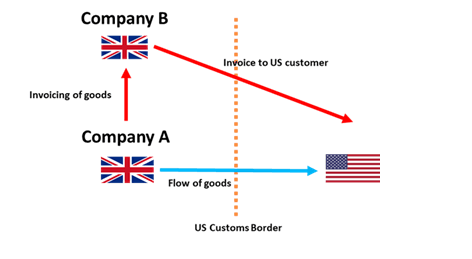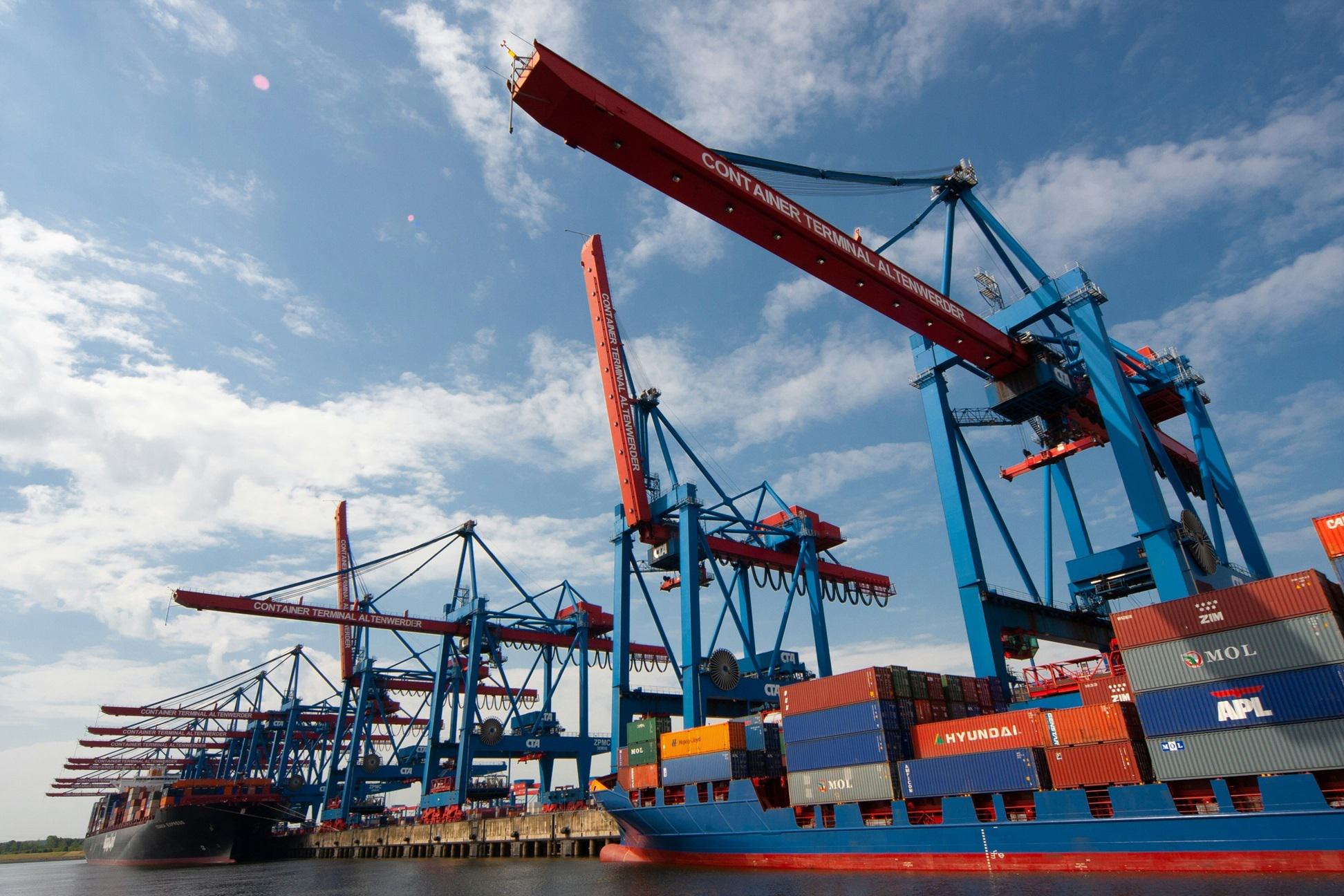
How will President Trump’s ‘Liberation Day’ be remembered by future generations?
Without doubt, 2nd April 2025 will be remembered for many months to come by businesses and Governments around the world, with President Trump’s decisions having a massive impact on global trade.
Economists are already predicting that these tariffs will increase consumer costs across the world and there is a high risk of a global recession.
The plan is simple – to increase costs for importing overseas products to encourage the manufacture of products within the United States. President Trump intends to remove the USA’s reliance on overseas imports and make it more self sufficient.
This has been the basis for previous measures and new tariffs are designed to target countries who impose ‘trade barriers’ which have impacted the USA’s ability to maintain a competitive manufacturing sector.
In his announcement, 2nd April 2025, President Trump confirmed that an immediate 10% base line tariff would be introduced on 5th April with further reciprocal, tariffs being imposed from 9th April 2025. Although ‘full reciprocal’ tariffs were considered, it was determined that a discounted rate of up to 50% would be imposed.
The Pharmaceutical sector will breathe a sigh of relief as exemptions exist and include copper, pharmaceuticals, semiconductors, lumber articles, certain critical minerals, and energy products.
Origin
It is important to note that the tariffs are based on the ‘Origin’ of the imported goods and not where the goods are exported from. This fact creates additional complexities for the US importer as exposure to the variances as provided below mean that calculating landed price costs is very difficult, especially if same parts are sourced from various manufacturers located across the globe.
It will not be as simple as routing goods through a favourable country, say the UK, and expecting the UK’s 10% tariff to apply to goods which have been manufactured in the EU. Expect an increased focus on this important aspect of international trade.
So how do these tariffs impact Ireland?
This tariff announcement is a lose-lose situation, with U.S. consumers set to pay the highest price. In Ireland, the food and drink industry are feeling the immediate heat, but with reports of stockpiling in the U.S., some companies may have mitigated the worst of the impact. The delay on pharma tariffs seems strategic, likely tied to U.S. drug pricing and upcoming Medicare reforms.
The interaction with the Windsor Framework is concerning, with Irish goods facing 20% tariffs while the UK sees only 10%. This could create short-term advantages for Northern Ireland’s exports, but the real concern lies in how retaliation plays out. The UK's approach and how it relates to that of the EU will be critical.
While Trump didn’t call out Ireland directly, his emphasis on foreign investment in the U.S. - highlighting Irish-based giants like Apple, Eli Lilly, and J&J - signals that Ireland, and particularly its multinational presence, remains firmly on his radar.
This tariff announcement is a lose-lose situation, with U.S. consumers set to pay the highest price. In Ireland, the food and drink industry are feeling the immediate heat, but with reports of stockpiling in the U.S., some companies may have mitigated the worst of the impact. The delay on pharma tariffs seems strategic, likely tied to U.S. drug pricing and upcoming Medicare reforms.
What are the impacts on the UK and EU and how have other countries reacted to the threat of additional tariffs?
President Trump has consistently talked about VAT being a ‘trade barrier’ yet the considered percentage applied to the UK is only 10% (UK VAT is 20%). Although this tariff is significantly lower than even its closest trading partner (EU), the blanket tariff will have a significant impact on sectors such as pharmaceuticals who have traded products under a tariff-free environment for many years.
Unlike the EU, the UK continues to push forward on establishing a trade agreement with the US and feels this is the best way to minimise the impact on UK business. It will be interesting to see if this is successful, especially as President Trump considers taxes such as VAT to be a barrier to trade.
The EU has already delayed the initial, Phase 1, of the two-part retaliatory measures that were announced in early March with the intention to issue both phases at the same time. This change will allow the EU to review the impact of the above tariffs and adjust the scope of their planned response. The 20% tariff will have a significant impact on dominant sectors such as the Automotive and Pharmaceuticals as supply chains will prove very difficult to untangle.
In response to the possible imposition of tariffs, Vietnam announced on the 31st March that it would reduce tariffs on many products commonly imported from the US such as automobiles, wood products, ethanol, frozen chicken thighs, pistachios, almonds, fresh apples, cherries, and raisins.
Although we do not have full details on how the reciprocal tariffs were determined, these changes do not appear to have made a significant difference to the tariffs imposed on Vietnam.
VAT – are the accusations true?
The misinformation about VAT is worrying. VAT is not a cost to most businesses. A US Company importing goods into the UK and selling on to businesses or consumers in the UK will be able to recover that VAT. VAT is a cost to the consumer, just as sales tax is to the US consumer. 175 countries around the world have VAT, it is an important part of these countries Treasury receipts. To abolish VAT which has been in force since 1973 in the UK is not going to be a short-term measure.
How will Tariffs work?
The tariffs announced by President Trump will be calculated on ‘customs value’ of the imported goods. For example;
| Sales price: | $100,000 |
| Freight Costs: | $5,000 |
| Customs Value: | $105,000 |
| Additional Duty on UK origin goods | $10,500 |
As the above confirms, even just a 10% tariff creates a significant cost into the supply chain. For the US importer, there first task will be to determine if they can take advantage of the US’s use of the First Sale Rule as this may allow for a reduced value to be used for calculating the import tariffs.
The first sale rule requires direct sale and transport from the exporting country. If there is a previous sale in the supply chain (see below), the earlier sale can, assuming the satisfactory evidence can be provided to the US Customs Authority (CBP), be used for customs duty purposes

Company A manufactures goods which are shipped direct to Company C. Company A invoices Company B who sells to Company C.
Under the First Sale Rule, Company A’s invoice can be used as the ‘import value’ into the US. This will reduce the customs duty and could offset the 10% tariffs imposed on Liberation Day.
Any use of First Sale should be considered as a means to reduce the impact of these new tariffs and UK and EU exporters should, where possible, review if this is a viable option to assist US customer’s duty exposure.
A simpler alternative to the above, will be for US importers to try and influence their supply chains by attempting to reduce the purchase prices paid, therefore reducing the value applicable to the tariffs. This may increase pressure on UK and EU exporters who, due to the current increases in costs within existing supply chains be reluctant to negotiate new prices. To maintain the business, exporters may be forced, even in the short-term, to allow discounts to US customers.
Impact
Economists are already predicting that these tariffs will increase consumer costs across the world and there is a high risk of a global recession.
For the US, there will be an immediate cost as tariffs are imposed on goods already being under transit. The next step will be for US importers to negotiate with overseas partners to reduce prices which, as tariffs are based on purchase prices, directly impact the amount of tariffs paid to the US Government.
In the longer term, the impact on UK and EU business could result in loss of contracts and ultimately loss of jobs as manufacturing moves into the US to reduce the impact of tariffs.
What else is happening
Moving back to the United States, the Democratic Party submitted a request to the US Senate to vote on the legitimacy of President Trump’s Executive Order on emergency tariffs on Canadian products.
In an unexpected result, the Senate voted 51-48 to terminate the tariffs imposed on Canada. This new bill will now pass to the House of Representatives for further consideration. This is not expected to be successful but neither was the Senate submission.
The Tariffs in detail
Annex 1 of the Executive Order lists the countries who are subject to tariffs above the 10% base line. All other countries will see their goods subject to the 10% base line tariff from the 9th April 2025.
| Countries and Territories | US Discounted Reciprocal Tariffs |
| Algeria | 30% |
| Angola | 32% |
| Bangladesh | 37% |
| Bosnia and Herzegovina | 36% |
| Botswana | 38% |
| Brunei | 24% |
| Cambodia | 49% |
| Cameroon | 12% |
| Chad | 13% |
| China | 34% |
| Côte d`Ivoire | 21% |
| Democratic Republic of the Congo | 11% |
| Equatorial Guinea | 13% |
| European Union | 20% |
| Falkland Islands | 42% |
| Fiji | 32% |
| Guyana | 38% |
| India | 27% |
| Indonesia | 32% |
| Iraq | 39% |
| Israel | 17% |
| Japan | 24% |
| Jordan | 20% |
| Kazakhstan | 27% |
| Laos | 48% |
| Lesotho | 50% |
| Libya | 31% |
| Liechtenstein | 37% |
| Madagascar | 47% |
| Malawi | 18% |
| Malaysia | 24% |
| Mauritius | 40% |
| Moldova | 31% |
| Mozambique | 16% |
| Myanmar (Burma) | 45% |
| Namibia | 21% |
| Nauru | 30% |
| Nicaragua | 19% |
| Nigeria | 14% |
| North Macedonia | 33% |
| Norway | 16% |
| Pakistan | 30% |
| Philippines | 18% |
| Serbia | 38% |
| South Africa | 31% |
| South Korea | 26% |
| Sri Lanka | 44% |
| Switzerland | 32% |
| Syria | 41% |
| Taiwan | 32% |
| Thailand | 37% |
| Tunisia | 28% |
| Vanuatu | 23% |
| Venezuela | 15% |
| Vietnam | 46% |
| Zambia | 17% |
| Zimbabwe | 18% |
These tariffs are only applicable on the commodities that are not already subject to live Executive Orders and will add further financial burden on US importers and increase the stress in existing supply chains as the US importers look to reduce the costs of goods to mitigate these additional tariffs.
For Canada and Mexico, these tariffs are not being imposed as these countries are subject to separate Executive Orders allowing USMCA qualifying goods to be exempt from any tariffs and not qualifying being subject to 25% tariffs.
Related content











